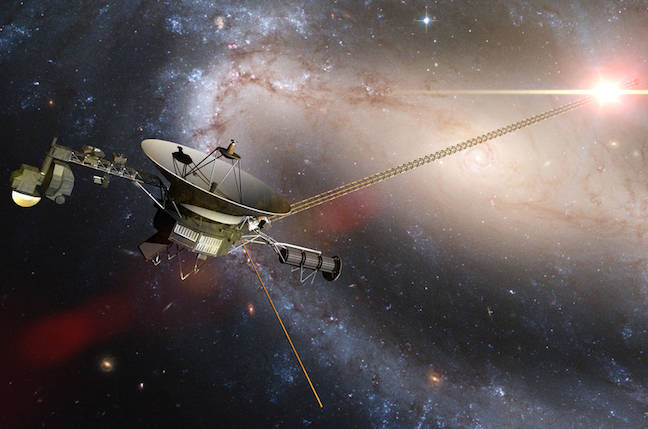
On Valentine’s Day, February 14, 1990, Voyager 1 took a selfie with his camera back to Earth. This selfie should be remembered from the endless loneliness, 600 crore kilometers away from the earth. Our earth is smaller than a pixel in the image. When viewed from such a distance, the Earth appears as a tiny dot. Pale Blue Dot
This palette is known as (light blue)
It was a picture that convinced us of how insignificant human beings are in the universe. The film is still celebrated today through the documentaries of the genius Carl Sagan.
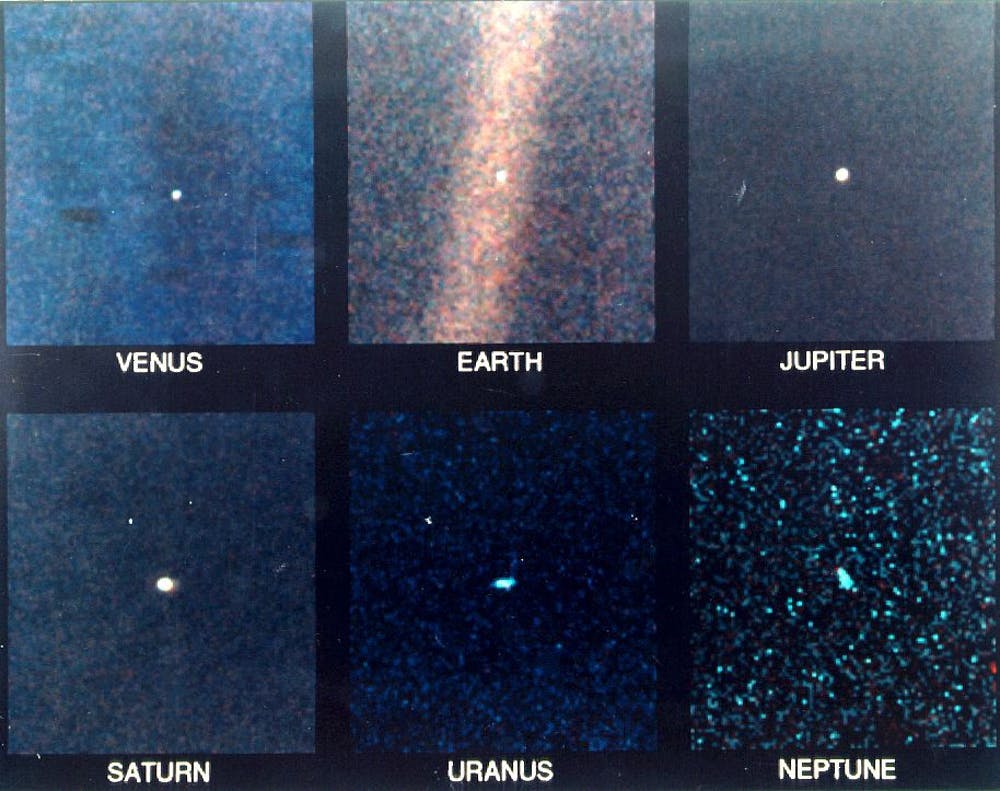
Voyager sent 59 other images to Earth, including Pale Blue Dot. Of the 60 films, only Pale Blue Dot is best known. They were photos of Venus, Jupiter, Saturn, Uranus and Neptune. These paintings are popularly known as Family Portraits. Voyager was unable to photograph Mars and Mercury due to some camera limitations.
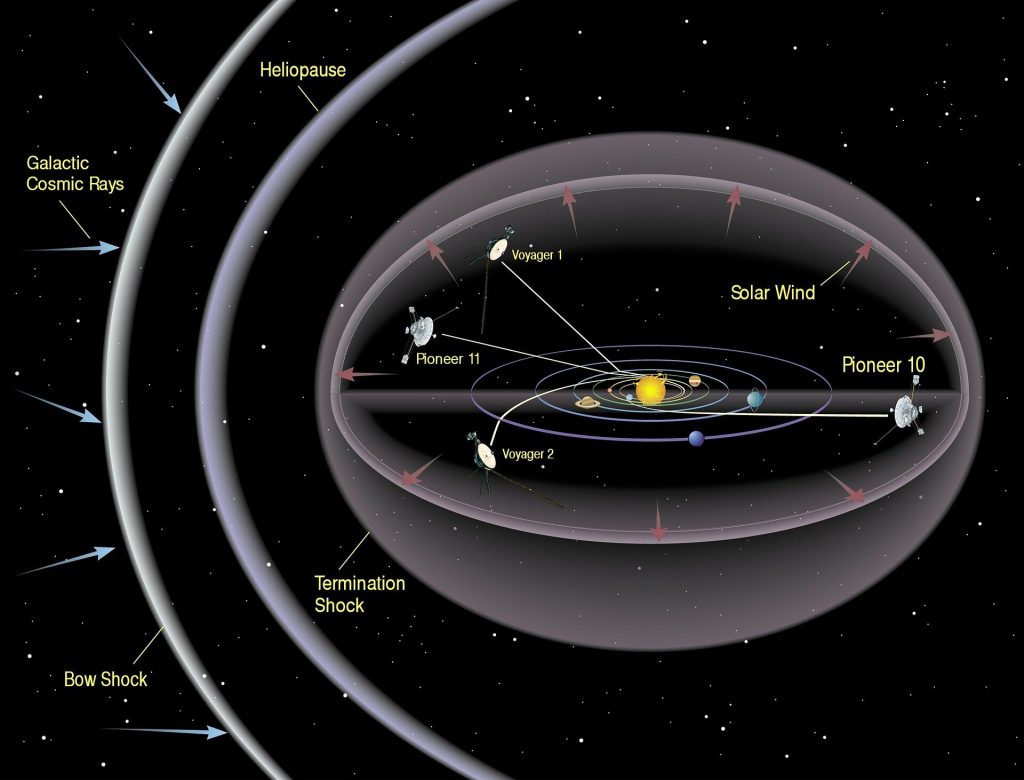
The Voyager 1 spacecraft, launched 44 years ago, is still in orbit. The spacecraft finally opened its camera eye to take a picture of our Earth. Half an hour after the picture was taken, the camera on the Voyager 1 was switched off permanently. The goal was to control the spacecraft’s energy consumption. Voyager’s electricity is generated by radioactive plutonium, without the use of solar panels. This system will continue to release energy for many years. That is why Voyager probes still send signals to Earth and receive what is sent from here.
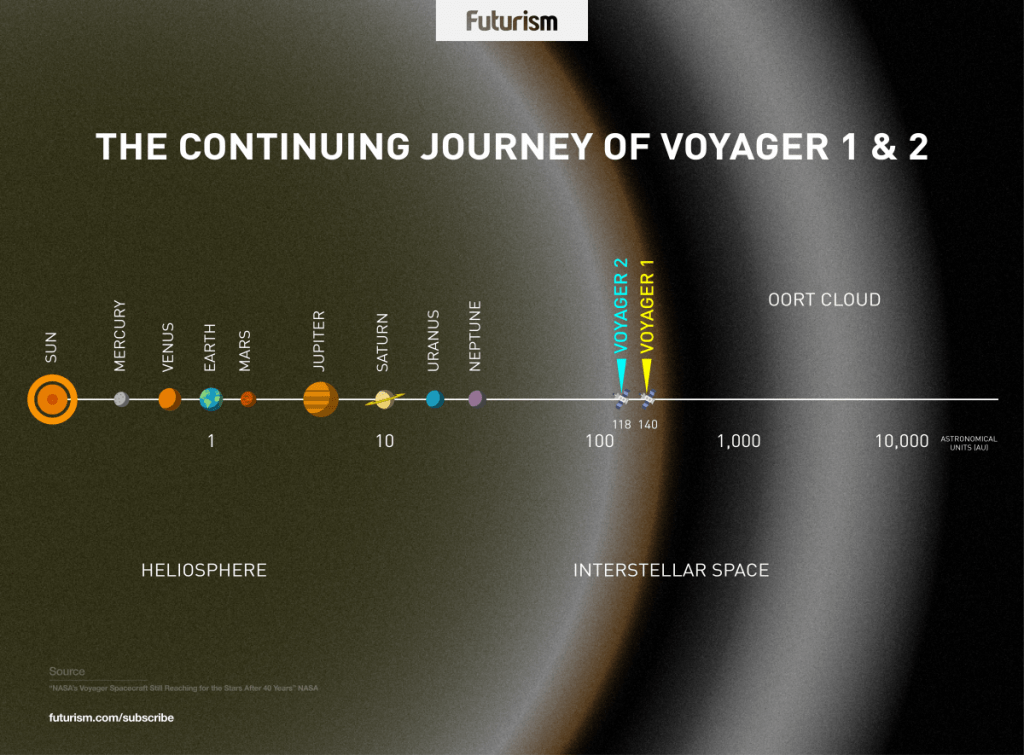



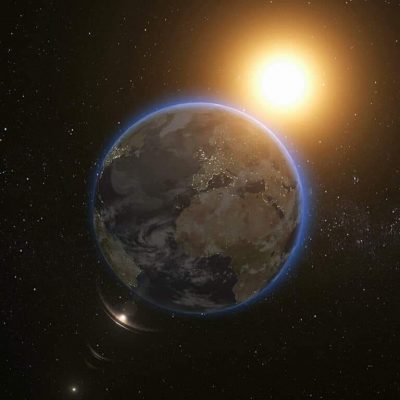
Recent Comments